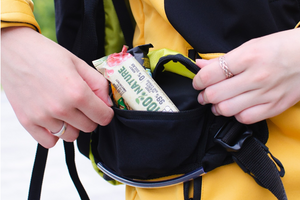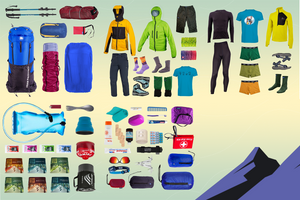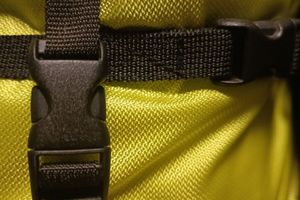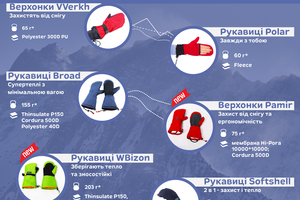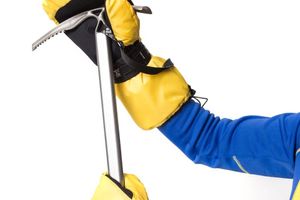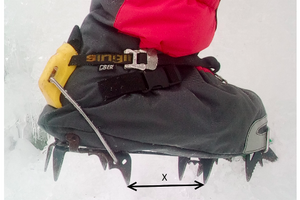How to Choose the Capacity of a Hiking Backpack?
he capacity of a backpack refers to the volume of its main compartment and lid in liters. Most manufacturers indicate the volume directly in the model's name, and Fram Equipment backpacks are no exception.
To choose a backpack with the right capacity, consider a few key factors:
![]() Trip duration
Trip duration
![]() Type of journey
Type of journey
![]() Season
Season
![]() Volume of your gear
Volume of your gear
Trip Duration: The longer the trip, the more gear you’ll need, so a larger backpack will be necessary.
Type of Journey: Depending on the kind of adventure, you might need specialized equipment such as ropes and climbing gear, skis, or cycling gear. Make sure to account for the space required for this equipment.
Season: In colder seasons, you’ll likely carry warmer clothing and a more insulated sleeping bag, which are bulkier. Therefore, you may need a larger backpack than for summer or transitional seasons.
Your Gear: If you're an ultralight hiker with compact and lightweight gear, a smaller backpack will suffice. But if you prefer durable, heavy-duty gear or don’t like minimalism, you should opt for a larger backpack.
Finding the ideal backpack size comes with experience. However, backpacks can be categorized by volume as follows:
![]() 20-30L: Daypacks for one-day hikes, climbs, or cycling trips. This size can hold rain protection, a first-aid kit, snacks, a thermos, warm clothing, and even technical gear for climbing or via ferrata.
20-30L: Daypacks for one-day hikes, climbs, or cycling trips. This size can hold rain protection, a first-aid kit, snacks, a thermos, warm clothing, and even technical gear for climbing or via ferrata.
![]() 35-50L: Suitable for mountaineering, freeriding, trekking, or short hikes. Most backpack models fall within this range, designed for trips up to a week.
35-50L: Suitable for mountaineering, freeriding, trekking, or short hikes. Most backpack models fall within this range, designed for trips up to a week.
![]() 55-70L: Primarily trekking backpacks. This size is great for long, lightweight treks or beginners who still have bulkier and heavier gear. Also ideal for winter hiking.
55-70L: Primarily trekking backpacks. This size is great for long, lightweight treks or beginners who still have bulkier and heavier gear. Also ideal for winter hiking.
![]() 80-100L: Backpacks for long hikes and expeditions. They need to fit everything necessary for self-sufficient outdoor living for several weeks or months. These backpacks are also used for water-based trips.
80-100L: Backpacks for long hikes and expeditions. They need to fit everything necessary for self-sufficient outdoor living for several weeks or months. These backpacks are also used for water-based trips.

























